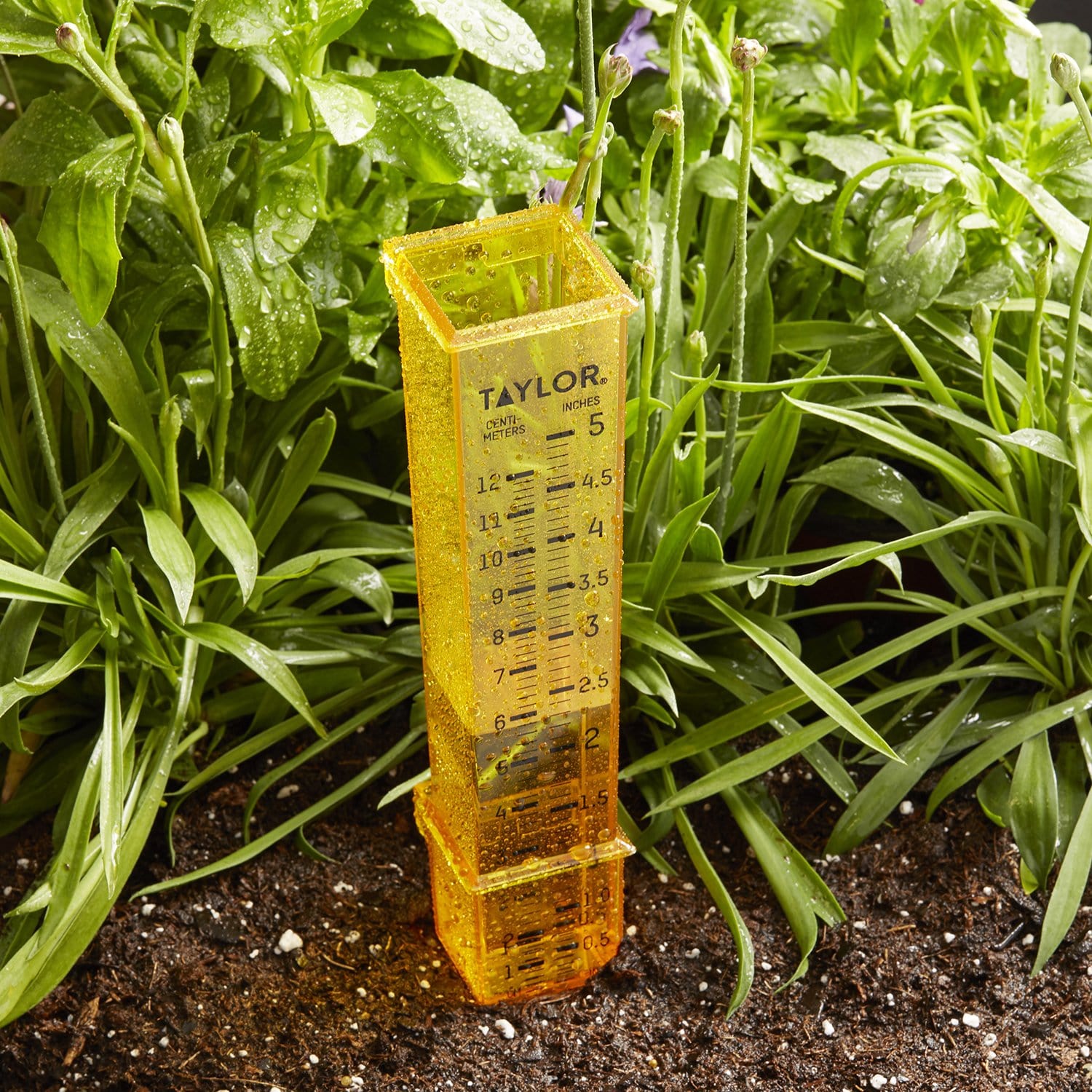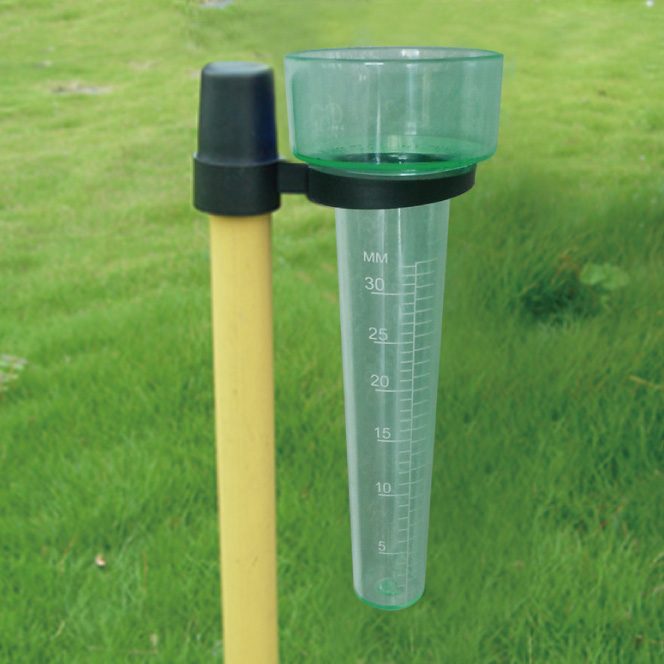The Rain Gauge: A Crucial Tool for Keeping Track Of Rainfall Levels
The Rain Gauge: A Crucial Tool for Keeping Track Of Rainfall Levels
Blog Article
DIY Rainfall Gauge: Straightforward Steps to Make Your Own
Are you thinking about tracking rainfall in your location? Producing your very own DIY rain scale is a efficient and simple means to tape and measure precipitation. With simply a couple of typical products and some basic steps, you can easily construct your own rainfall gauge in the house. In this overview, we will give you with a step-by-step procedure to help you produce your own rain scale. No need for any type of specialized knowledge or tools - this job can be finished by any individual. By following these basic instructions, you will certainly have a trustworthy tool to measure rains and contribute to your understanding of the regional weather condition patterns. Allow's obtain started on making your DIY rainfall scale today!
Gather Materials
To begin building your do it yourself rainfall scale, collect all the essential materials utilizing a thorough checklist of items. Having the right materials handy will certainly ensure the successful creation of your rain gauge and permit precise measurements of rainfall. First of all, you will need a clear plastic container or cylinder, such as a plastic bottle or jar. Make sure the container is transparent so that you can easily see the water level inside. Next off, you will certainly call for a leader or determining tape to mark the increments on the container. This will allow you to gauge the quantity of rains properly. In addition, you will need a permanent pen or water-proof tape to note the dimensions on the container. This will certainly make certain that the markings continue to be noticeable even when exposed to rainfall. You will certainly require a strong base or stake to securely hold your rainfall gauge in place. This can be a wood or steel stake that can be put right into the ground or a strong level surface area to offer stability. Collecting these materials ahead of time will streamline the building and construction procedure and guarantee that you have whatever you require to develop your very own DIY rainfall gauge.
Prepare the Container

Mark the Measurement Increments
To accurately gauge the quantity of rainfall, accurately noting the dimension increments on your DIY rainfall scale is important. Without clear and accurate markings, it would certainly be tough to figure out the exact quantity of rainfall collected in your rainfall gauge. Below are the steps to note the dimension increments on your rainfall gauge.
First, select the system of measurement that you wish to make use of. The most common systems wikipedia reference for measuring rains are millimeters and inches. When you have picked the system, use a long-term marker or water-proof paint to mark the increments on the side of your rainfall gauge. For inches, you can mark every quarter inch or every half inch, relying on your choice. For millimeters, you can note every 10 millimeters or every 20 millimeters.
When noting the increments, it is essential to ensure that they are uniformly spaced and plainly noticeable. Use a leader or gauging tape to ensure accuracy and uniformity. Additionally, ensure that the markings are immune to fading or scrubing off, as direct exposure to the aspects might create them to deteriorate gradually.
Area the Rainfall Gauge Outdoors
The rain scale need to be positioned outdoors to properly accumulate rainfall data. The area picked for the rainfall scale must be open and complimentary from any type of blockages that might potentially affect the measurement of rainfall. The Rain Gauge.
In addition, it is vital to place the rain gauge on a steady surface area, such as a degree ground or a strong message. This will protect against any movement or tilting of go to my blog the gauge, which might result in imprecise measurements. It is additionally recommended to stay clear of placing the gauge near any kind of resources of man-made water, such as sprinklers or drainage systems, as this could conflict with the precision of the dimensions.
Display and Record Rain Information
Normal tracking and recording of rainfall information is necessary for accurate information analysis and analysis. By maintaining track of rainfall dimensions, you can acquire valuable understandings into climate patterns, climate fads, and water source administration. To effectively check and tape rainfall data, it is necessary to develop a routine and preserve consistent methods.
Firstly, make sure that your rain scale is positioned in an open location far from challenges such as trees or structures that may block rains. Furthermore, make certain the rain scale is degree and securely secured to avoid any activity that could impact the precision of the measurements.

When tape-recording the rainfall information, it is necessary to keep in mind the date and time of each measurement. Use a ruler or a determining stay with establish the rains deepness in the click to investigate rainfall gauge, and record this info precisely.
To ensure the accuracy of the dimensions, it is advised to clear the rainfall gauge after each recording. This will prevent any overflow or evaporation from affecting subsequent dimensions.
Conclusion
Finally, producing a DIY rainfall gauge is a simple and sensible way to check and tape-record rains information (The Rain Gauge). By complying with the steps laid out in this write-up, you can quickly collect products, prepare the container, mark the dimension increments, and put the rainfall gauge outdoors. On a regular basis keeping track of and tape-recording rains data can give useful information for numerous purposes
Having the appropriate materials on hand will certainly guarantee the effective creation of your rainfall gauge and permit for accurate dimensions of rainfall.To precisely gauge the amount of rains, accurately marking the dimension increments on your DIY rainfall scale is vital.The rainfall scale need to be put outdoors to properly collect rainfall information. The location selected for the rainfall scale ought to be open and cost-free from any type of blockages that could possibly influence the dimension of rainfall.In verdict, developing a DIY rain gauge is a useful and basic means to monitor and tape-record rains information.
Report this page